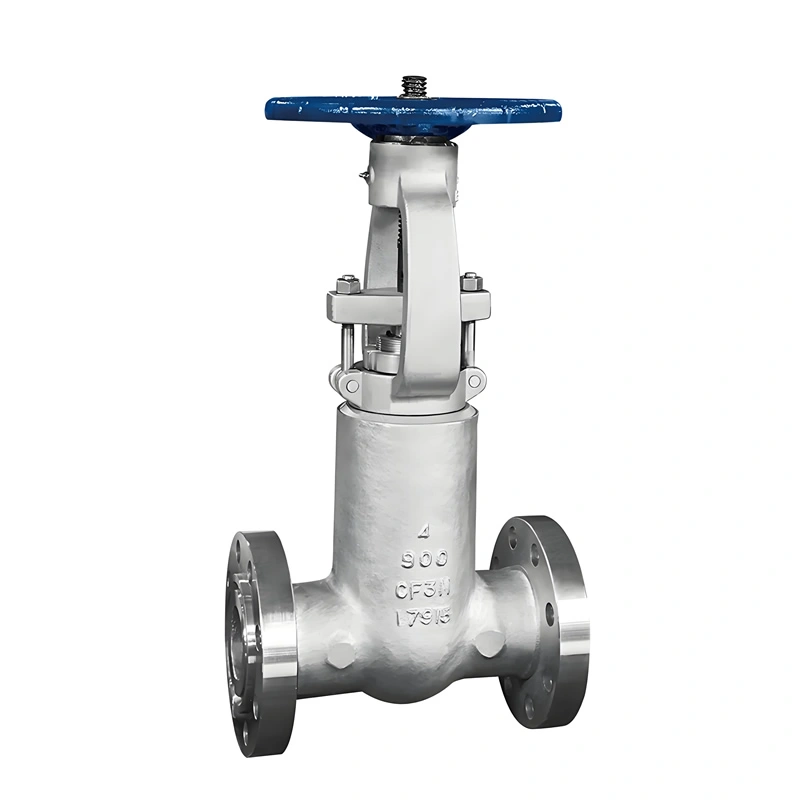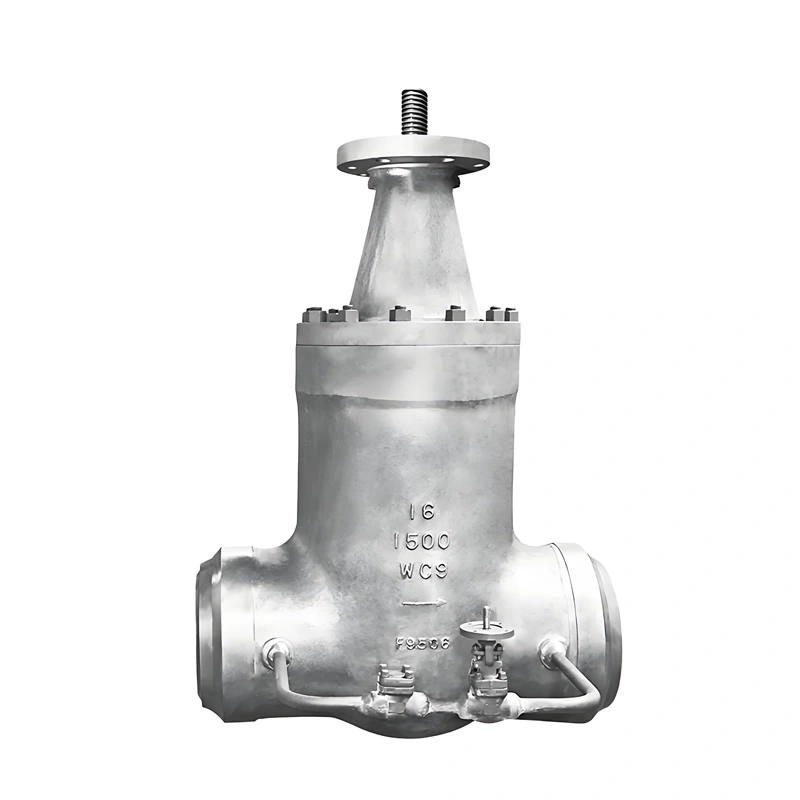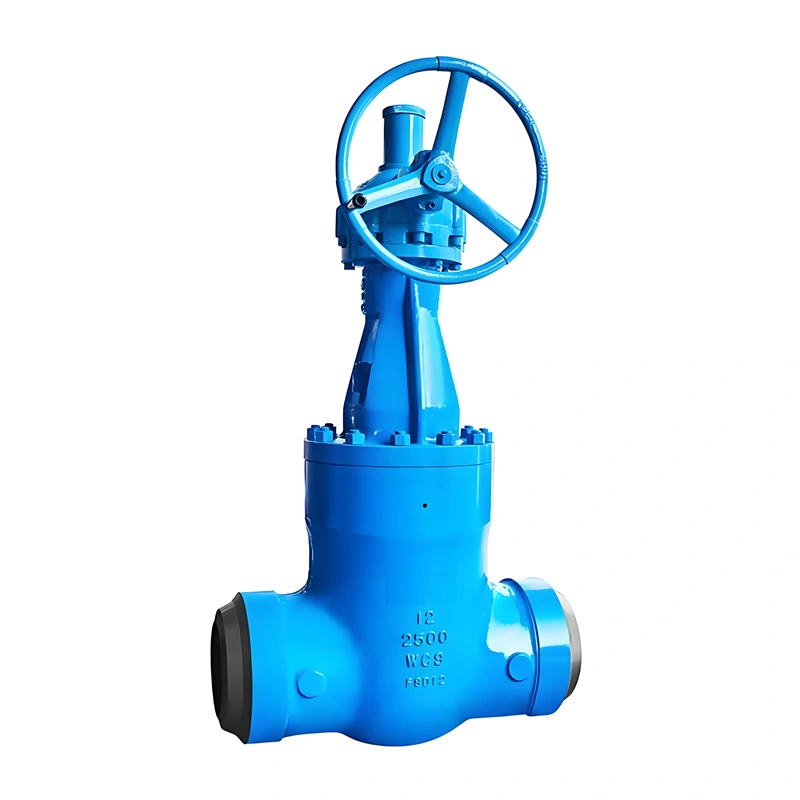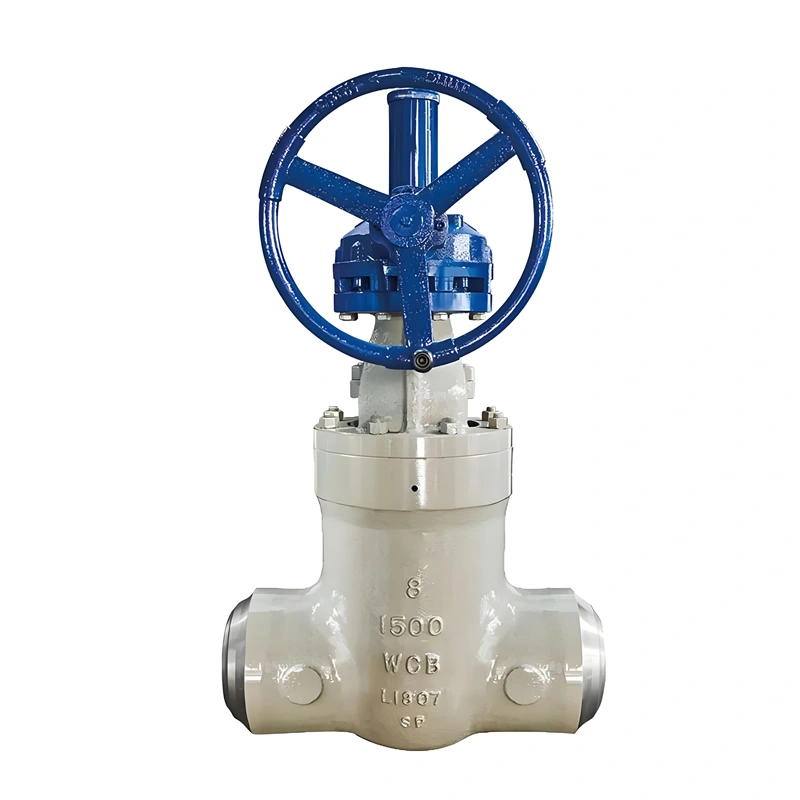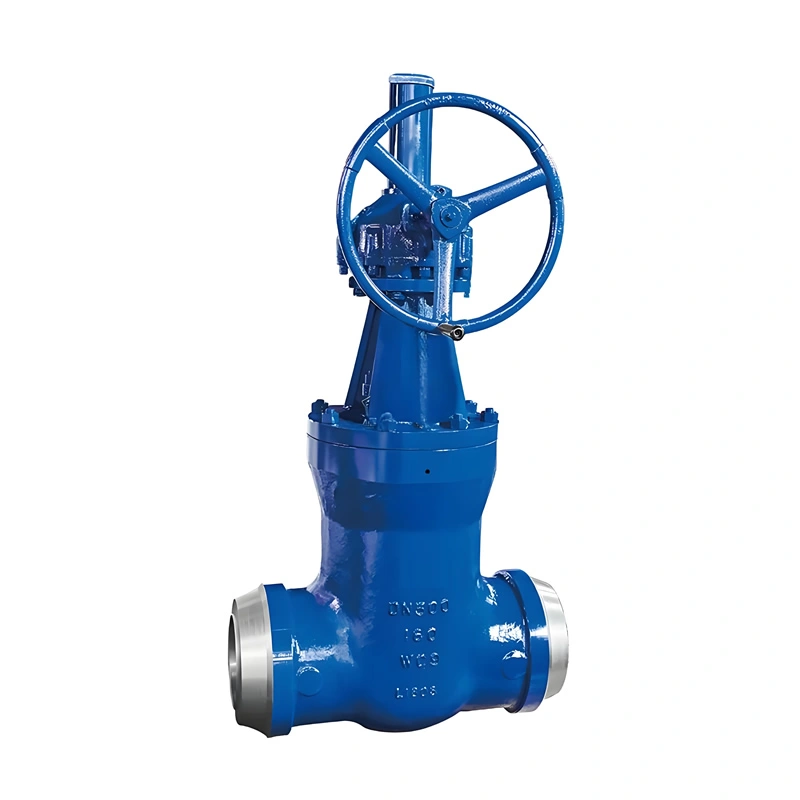- ANSI/API/DIN/JIS
- ASME B16.34, API600
- ASME B16.10
- ASME B16.25
- API 598, En 12266
- Nps 2- Nps 24 (DN50-DN600)
- Cl600-Cl2500 (Pn100-Pn420)
- API 6D, CE, ISO9001, Eac 010/032, API 607, Sil, Is
Specification
Multiple LNG Industrial Flexible Wedge Full Bore Manual Pressure Steam Gate Valve
|
Nominal size |
2″~24″(DN50~DN600) |
|
Nominal pressure |
Class 900~Class 4500(PN160~PN420) |
|
Standard: |
ASME B16.34 |
|
Body material |
Carbon steel, Stainless steel, Alloy steel, Duplex stainless steel |
|
End connection |
RF, BW, RTJ, |
|
Operation |
Manual, Pneumatic, Electric, Hydraulic |
Product Overview
I. Product Overview: Precision Control for High-Temperature Steam Systems
Newway’s OS&Y (Outside Screw & Yoke) alloy steel gate valve is engineered for critical applications in power generation, petrochemical refining, and high-temperature industrial processes. Featuring a flexible wedge design and pressure seal bonnet, this valve delivers reliable shut-off performance under extreme conditions, including high pressure steam (up to 540°C and 42 MPa), corrosive media, and frequent cycling operations. Compliant with ASME B16.34, API 600, and BS 1873 standards, the valve ensures seamless integration into global industrial systems while minimizing maintenance requirements through its robust construction and advanced sealing technology.
II. Key Attribute Parameters
|
Parameter Category |
Technical Specifications |
|
Nominal Size Range |
DN50-DN600 (NPS 2″-24″), with full-bore design for unobstructed flow |
|
Pressure Class |
Class 600-2500 (PN100-PN420), designed for high-pressure steam and gas applications |
|
Temperature Range |
-29°C to 540°C, depending on material selection (carbon steel, alloy steel, stainless steel) |
|
Material System |
– Body/Bonnet: ASTM A217 WC6, WC9, F22, F91; |
|
End Connections |
RF/RTJ flanges (ASME B16.5), butt weld (ASME B16.25), threaded (NPT/BSP) |
|
Operation Mode |
Manual gearbox (bevel or worm drive), electric actuator, or pneumatic actuator options |
|
Sealing Performance |
Bubble-tight shut-off per API 598, fire-safe design per API 607 |
III. Core Features
Flexible Wedge Design
The split wedge design with precision-machined sealing surfaces ensures uniform contact with valve seats, minimizing wear and providing reliable shut-off even under thermal expansion or pipeline stress. The flexible structure accommodates minor misalignments and prevents jamming, extending service life in high-cycle applications.
Pressure Seal Bonnet Technology
Unlike conventional bolted bonnets, the pressure seal design uses system pressure to enhance sealing integrity. As internal pressure increases, the bonnet seal tightens dynamically, eliminating leak paths and reducing maintenance needs. This makes it ideal for high-pressure steam systems where flange leaks could pose safety risks.
High-Temperature Resistance
Valve components are crafted from heat-resistant alloy steels (e.g., F91, WC9) capable of withstanding prolonged exposure to superheated steam up to 540°C. Specialized heat treatment processes ensure dimensional stability and resistance to creep deformation under extreme thermal loads.
Full Bore Flow Path
The full bore design minimizes pressure drop and turbulence, reducing energy consumption and improving system efficiency. This is critical for applications requiring high flow capacity, such as power plant main steam lines and refinery pipelines.
IV. Manufacturing Processes
Material Selection & Forging
Valve bodies are forged from ASTM A105 or alloy steel billets using precision die forging techniques, ensuring grain flow alignment with stress patterns. Forgings undergo ultrasonic testing (UT) and magnetic particle inspection (MT) to detect internal defects, with material traceability maintained through heat codes.
Precision Machining
Critical surfaces (seats, wedges, stem threads) are machined to tolerances of ±0.02mm using CNC multi-axis milling and grinding centers. Sealing surfaces receive Stellite 6 hardfacing via automated plasma welding, providing hardness of HRC 48-52 and resistance to erosion, corrosion, and galling.
Heat Treatment & Surface Finish
Components undergo controlled heat treatment cycles (normalizing, quenching, tempering) to achieve optimal mechanical properties. Final surface finishes include passivation for stainless steel parts and epoxy coating for carbon steel bodies, enhancing corrosion resistance in harsh environments.
Stringent Testing
Each valve undergoes hydrostatic testing at 1.5x rated pressure for shell integrity and 1.1x for seat leakage, witnessed by third-party inspectors. Additional tests include fire-safe certification (API 607), low-temperature cryogenic testing (for LNG applications), and cycle life testing (5,000+ operations without failure).

